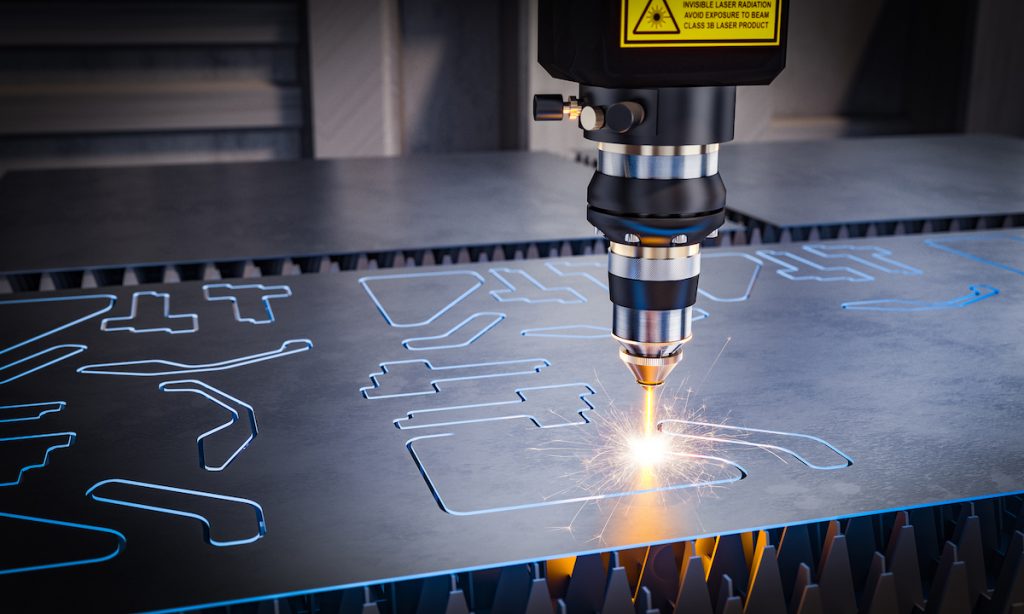How to Improve Quality Control in CNC Machining
Precision CNC machining is no different from any other discipline in that it relies heavily on product quality. During the CNC machining process, you will utilize a wide range of measurement devices and inspection instruments to ensure that the final product is of the highest possible quality and will satisfy the customer’s exacting standards.
So, here is an extensive guide that covers the top ways and crucial aspects of quality control in CNC machine facilities so that you can mitigate bottlenecks in the manufacturing process and win the customer’s trust by delivering supreme quality finished products.
Top 4 Ways to Enhance Quality Control in CNC Machining
1. Employ A Suitable Machine
While considering CNC quality control, manufacturers should remember that not all CNC equipment is made equal. The probability of errors increases when an inappropriate machine is employed for an operation.
Thus businesses have to be picky about which orders get processed on which machinery. To produce a complicated product or component, you need sophisticated CNC equipment.
The most prevalent type of CNC machine for manufacturing mechanical parts is a three-axis machine, which can handle simplistic geometries but nothing more. Utilization of a 4-or 5-axis machine is recommended for more complex operations.
Precision improves as the number of axes in a machine increases, allowing it to carry out increasingly complex tasks with no margin for error.
2. Raw Material Quality Inspection Is Crucial
Quality control is often misunderstood and considered to be the last manufacturing process. Thorough inspections at the end are vital, and quality control needs to get implemented from the get-go.
It is too late to recoup expenses if faults and inaccuracies are discovered after machining, but meticulous checks before starting production can cut down on unnecessary waste.
To start on the right foot with quality, evaluating the materials’ quality is critical. Even if the CNC machines eliminate the manual error, it won’t make any difference if the materials are of poor quality.
The quality of the final product will suffer regardless of how precise the system is.
Operators can avoid these blunders by double-checking the quality of their raw materials before putting them to use. Machinists are never in a position to take any chances with the quality of their materials.
Therefore it’s essential that you only procure from reliable vendors. Examining materials for flaws like fractures and weak spots helps workers get the most out of their CNC machines.
3. Utilize Numerous Quality Control Procedures
Each quality control technique has its advantages and disadvantages. Unfortunately, there is no foolproof method for preventing all possible errors. Because of this, it’s imperative for manufacturers to employ several distinct CNC quality control techniques, as this will help ensure that the errors introduced at one stage of production don’t propagate to others.
Having a variety of quality control measures available is essential, but the sequence in which they get introduced is just as crucial.
To be precise, all processes that rely heavily on automation should always culminate in manual inspections. Technical flaws often reduce the precision of automated inspections though they are generally very reliable. Such blunders can be prevented by saving the manual inspection for last.
Be mindful that if there are too many options, it could slow things down. Every single quality control method may not be necessary for a given facility, but multiple ways should be used. In most cases, a pre-machining inspection of the material, an in-process inspection at the machine, and a post-machining inspection conducted manually should be adequate.
4. Appropriate Certifications Are a Must When Outsourcing
Though CNC machining may not be performed on-site at all facilities, CNC quality control should never be compromised. Businesses need to look for vendors with the appropriate certifications to outsource CNC operations to assure high-quality outcomes. ISO 9001, the international standard for quality management, is a minimum requirement that all suppliers should meet.
For particular sectors, it’s recommended that manufacturers seek further certification. ISO 13485, for instance, is vital for businesses in the healthcare industry because it offers proof of compliance for medical-grade items. Manufacturers in the logistics sector should seek vendors that adhere to ISO 16949, which applies to automotive parts.
The certifications don’t guarantee that vendors will eliminate all errors. However, they minimize the probability of failure. Due to the high bar that must be met to get these credentials, they serve as a trustworthy indicator of high-caliber production partners. This means that every business that contracts out CNC work needs to be familiar with the applicable standards.
Concluding Remarks
An enhanced CNC quality control mechanism will reduce scrap rates while simultaneously producing higher-quality products. Consequently, businesses will be able to cut down on costs and improve their standing in the minds of their customer base.
The reverse effect can be caused by ineffective quality control, which is why this issue should be a primary center of concentration for any CNC operation.
